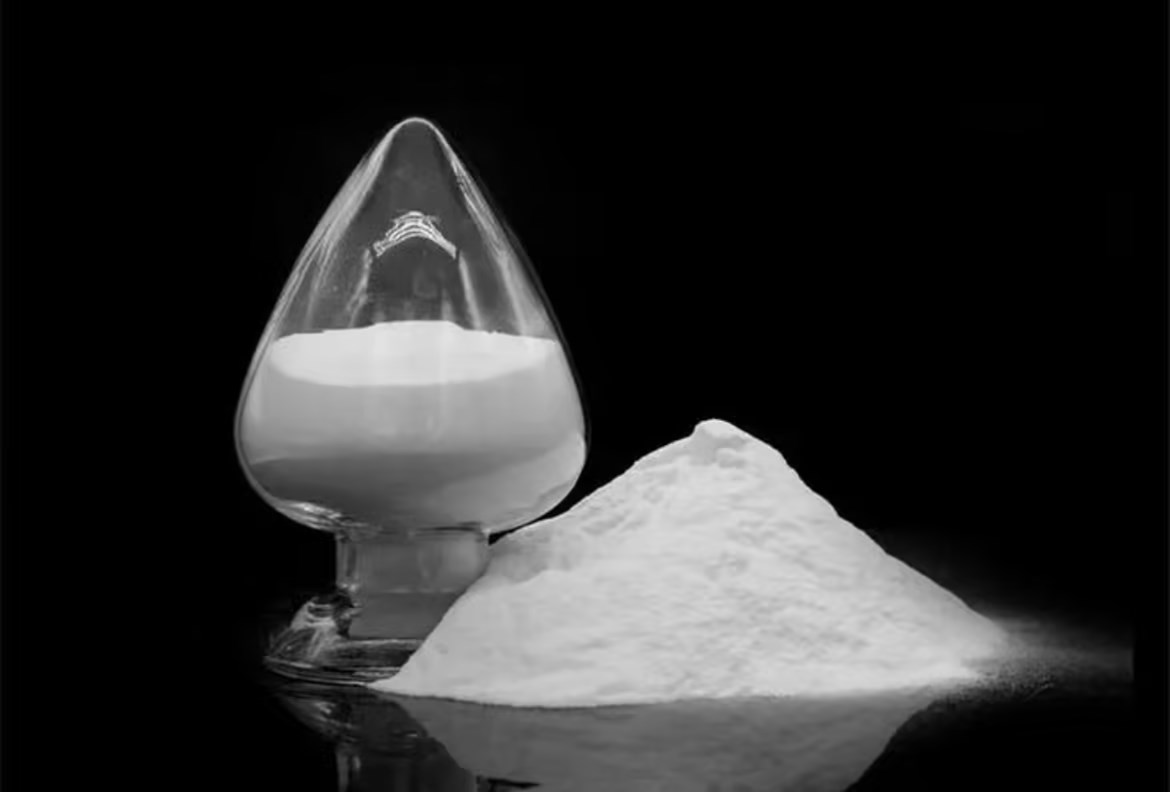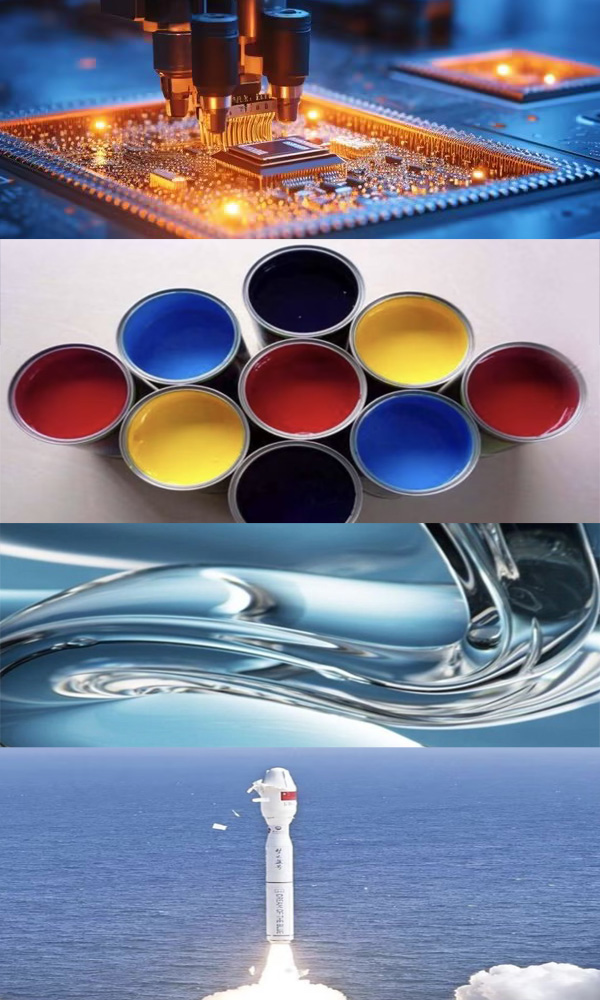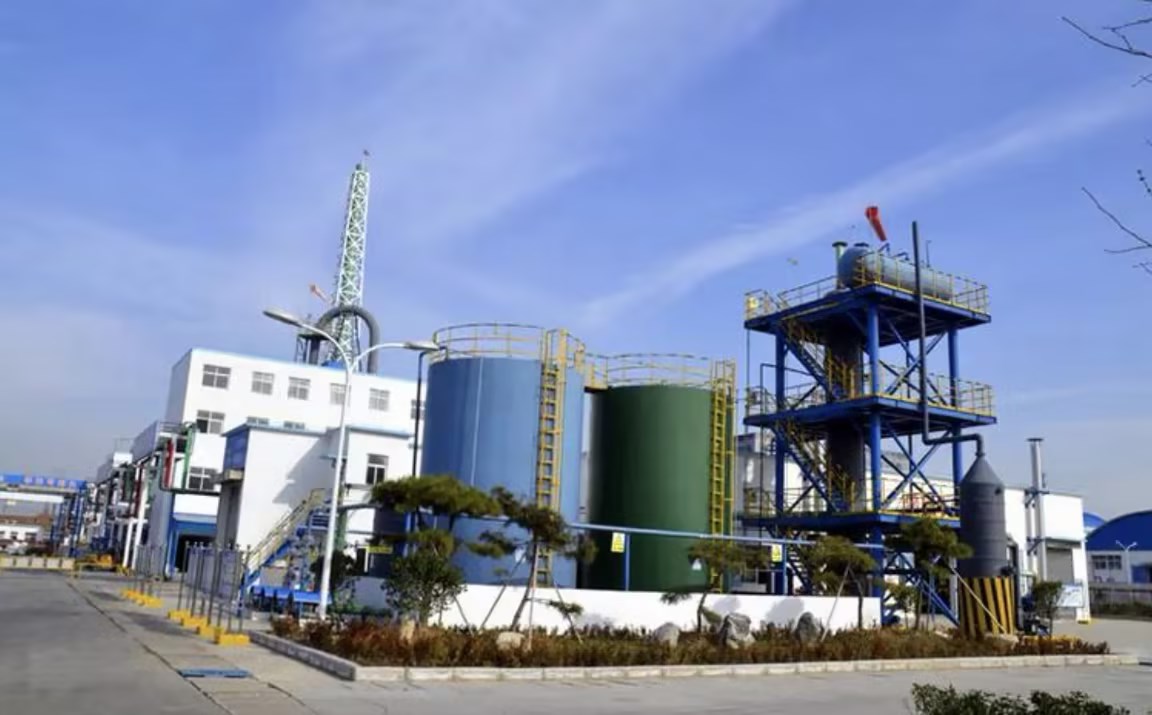Gas phase white carbon black, as an extremely important high-tech ultrafine inorganic new material, has a wide range of production functions and application fields. The following is a detailed explanation of the specific production functions of gas-phase white carbon black:
product link:
https://www.iotasilica.com/product-fumed-silica-iota-hb4135.html
Basic characteristics and production functions
Gas phase white carbon black, molecular formula SiO2, is a white fluffy powder with characteristics such as porosity, non toxicity, odorlessness, non pollution, and high temperature resistance. Due to its small particle size, it has a large specific surface area, strong surface adsorption force, high surface energy, high chemical purity, good dispersibility, and specific properties in thermal resistance, electrical resistance, and other aspects. These characteristics make gas-phase white carbon black unique in many disciplines and fields, and play an irreplaceable role.

In terms of production function, gas-phase white carbon black mainly exhibits the following advantages:
Reinforcement: Gas phase white carbon black can significantly improve the strength and toughness of polymer materials such as rubber and plastics. In the rubber industry, it is often used as a reinforcing agent, which can significantly improve the tensile strength, tear resistance, and wear resistance of rubber products.
Thickening: Gas phase white carbon black can be used as a thickener in liquid systems, adhesives, polymers, etc., to improve their rheological and thixotropic properties.
Thixotropy: Gas phase white carbon black can improve the suspension and dispersion of pigment fillers in liquid systems, while preventing precipitation and sagging phenomena.
Insulation: Gas phase white carbon black has excellent insulation properties and can maintain stable insulation even at high temperatures, making it widely used in electronic packaging materials and cable composites.
application area
Based on the above production functions, gas-phase white carbon black is widely used in various fields:
Rubber industry: As a rubber reinforcing agent, it improves the mechanical strength and wear resistance of rubber products.
Plastic industry: As a plastic filling agent, it improves the strength and toughness of plastic products.
Coatings industry: As a matting agent, it reduces the glossiness of coatings while improving their leveling and corrosion resistance.
Ink industry: As an ink thickener, it improves the viscosity and printing effect of ink.
Electronics industry: used in organic silicon modified epoxy resin encapsulation adhesive matrix to shorten the curing time of encapsulation materials and improve encapsulation performance.
Other fields: It can also be used in various fields such as metal soft polishing agents, insulation fillers, advanced daily cosmetics fillers and spraying materials, pharmaceuticals, environmental protection, etc.
 Production methods and processes
Production methods and processes
The production of white carbon black by gas-phase method usually adopts chemical vapor deposition (CVD) method, also known as pyrolysis method, dry method or combustion method. Its raw materials are generally silicon tetrachloride, oxygen (or air), and hydrogen, which react at high temperatures. The specific production steps are as follows:

After the silicon tetrachloride raw material is sent to the distillation tower for distillation, it is heated and evaporated in the evaporator, and then transported to the synthesis hydrolysis furnace with dried and filtered air as the carrier.
After gasification of silicon tetrachloride at high temperatures (flame temperature 1000-1800 ℃), it undergoes gas-phase hydrolysis with a certain amount of hydrogen and oxygen (or air) at around 1800 ℃.
At this point, the generated gas-phase white carbon black particles are extremely fine and form aerosols with the gas, making them difficult to capture. Therefore, it is first aggregated into larger particles in the collector, and then collected by the cyclone separator.
Then send it to the deacidification furnace and blow the gas-phase silica with nitrogen-containing air until the pH value reaches 4-6, which is the finished product.
In summary, gas-phase white carbon black plays an important role in many disciplines and fields due to its superior production functions such as stability, reinforcement, thickening, and thixotropy. With the advancement of technology and the acceleration of industrialization, the application fields of gas-phase white carbon black will become more extensive, and its production functions will be further expanded and improved.


